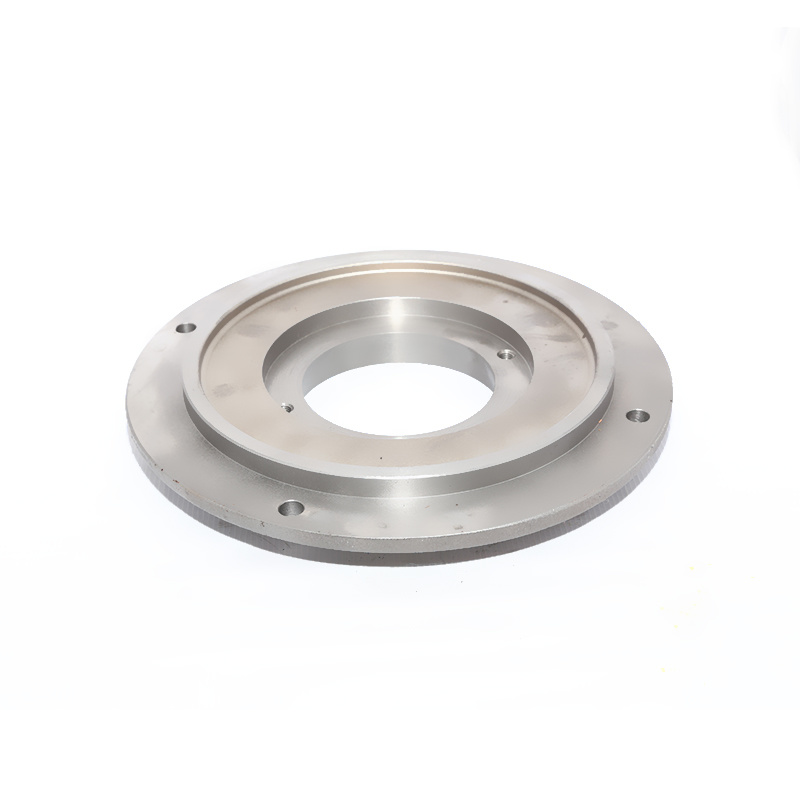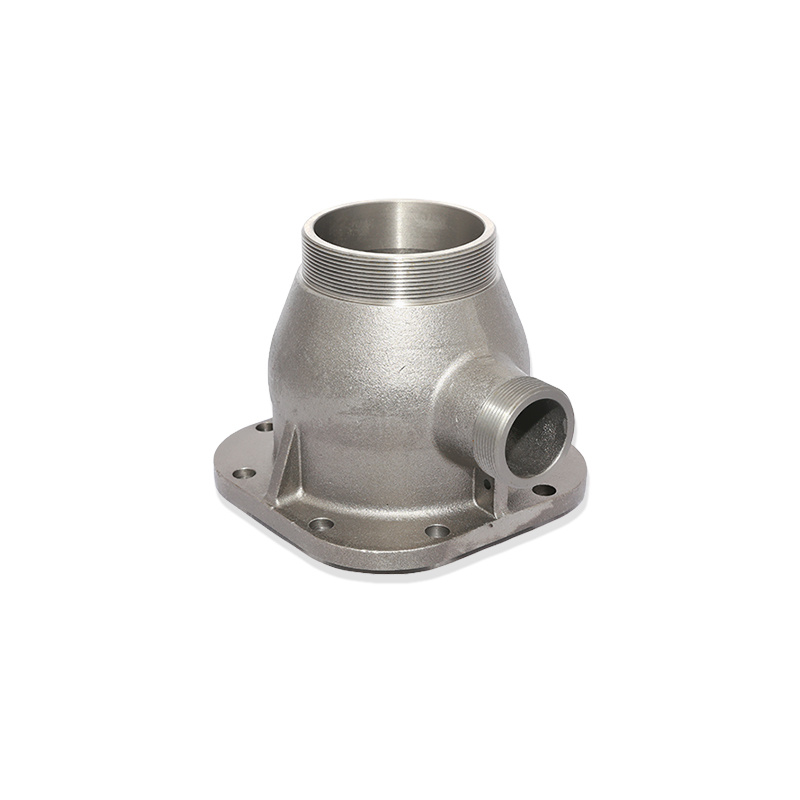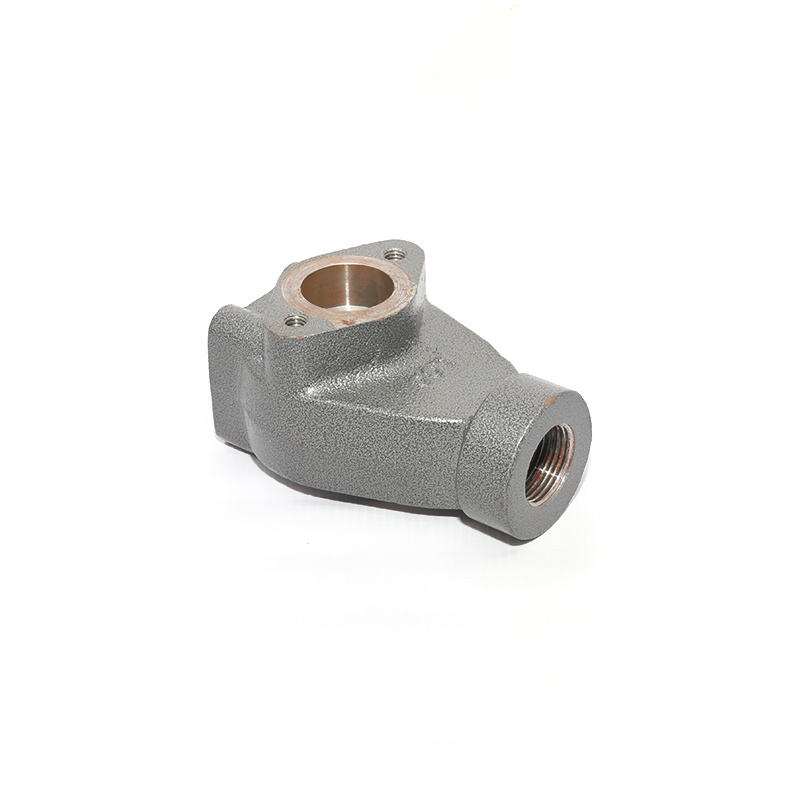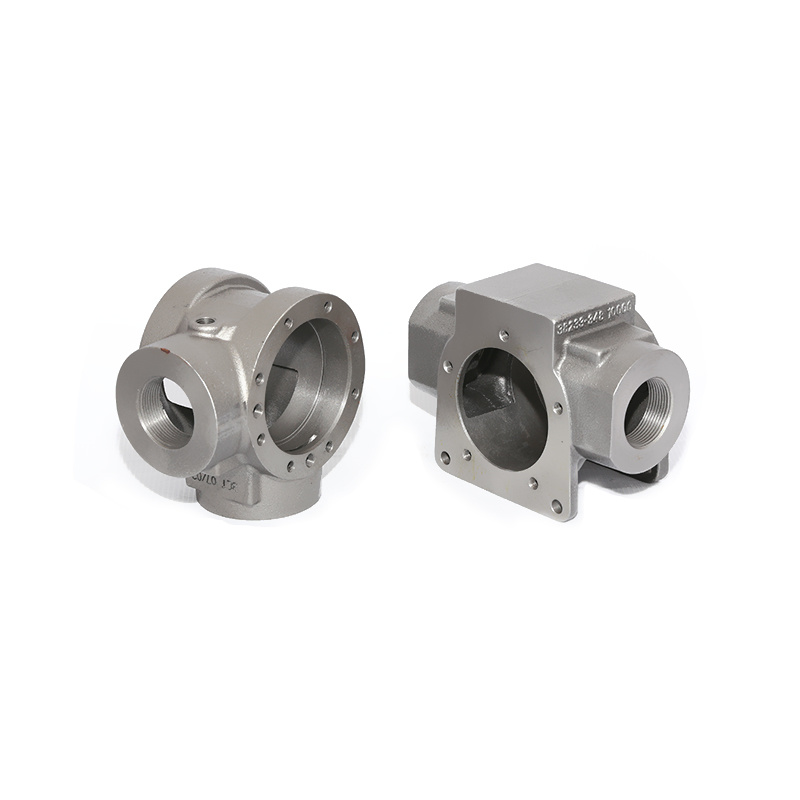language
English
العربية
বাংলাদেশ
Български
Hrvatski
Česky
Dansk
Nederland
Esperanto
Slovenski
filipino
Suomi
Français
Maori
Georgian
Deutsch
Ελλάδα
ישראל
इंडिया
Magyarország
Ísland
Indonesia
Irlanda
Italia
日本語
Sovensko
Հայաստան
한국
Kyrgyz
ປະເທດລາວ
Latvian
Lithuanian
Luxembourgish
Macedonian
Малайская
Maltese
Монгол улс
ဗမာ
नेपाल
Norge
ایران
Polska
Portugal
România
Российская
Србија
Србија
Bosanski
Slovenian
Беларус
España
Sverige
Точик
ประเทศไทย
Türk
Azərbaycan
Uzbek
Việt Nam
Common Misconceptions About Trochoid Gear Pumps Explained: Clearing the Air for Better Understanding
Jun 24,2025
Common Misconceptions About Trochoid Gear Pumps Explained
Trochoid gear pumps, often shrouded in confusion and misunderstanding, play a critical role in various industrial applications. While their unique design and functionality offer distinct advantages, several misconceptions can impact how they are perceived and utilized. In this article, we will delve into the common misconceptions surrounding trochoid gear pumps and clarify the truths behind them.
Table of Contents
- Misconception 1: Trochoid Gear Pumps Are Only Suitable for Low Viscosity Fluids
- Misconception 2: They Are the Same as Other Gear Pumps
- Misconception 3: Trochoid Gear Pumps Are Not Efficient
- Misconception 4: Maintenance Is Too Complicated
- Misconception 5: They Cannot Handle Abrasive Materials
- Misconception 6: High Noise Levels Are Inevitable
- Misconception 7: Trochoid Gear Pumps Are Expensive to Operate
- Conclusion
- Frequently Asked Questions
Misconception 1: Trochoid Gear Pumps Are Only Suitable for Low Viscosity Fluids
One of the most prevalent myths surrounding trochoid gear pumps is that they are exclusively designed for low viscosity fluids. In reality, these pumps are incredibly versatile and can handle a wide range of viscosities.
Trochoid gear pumps employ a unique design that allows them to efficiently move both low and high viscosity fluids. The intermeshing gears create a sealed cavity that prevents the fluid from escaping, maintaining pressure even with thicker liquids. As a result, they can be used effectively in applications involving heavy oils, adhesives, and other viscous materials.
Understanding Fluid Viscosity
Viscosity refers to a fluid's resistance to flow. Low viscosity fluids, such as water or light oils, flow easily, while high viscosity fluids, like molasses or heavy grease, flow much more slowly. Trochoid gear pumps excel in moving these thicker fluids due to their design.
The ability to handle higher viscosities makes trochoid gear pumps suitable for various industries, including food processing, pharmaceuticals, and chemical manufacturing.
Misconception 2: They Are the Same as Other Gear Pumps
While trochoid gear pumps belong to the broader category of gear pumps, they are far from identical to other types. The misconception that they are interchangeable with other gear pumps overlooks their unique design and operational characteristics.
Trochoid gear pumps feature an eccentric design where the gears rotate around a fixed axis, creating a trochoidal movement. This design enables them to achieve a smoother flow and higher efficiency than traditional gear pumps.
Key Differences in Design and Functionality
The differences in design lead to distinct advantages. Trochoid gear pumps provide a more consistent flow rate and improved suction capability compared to standard gear pumps. They also showcase better performance in handling shear-sensitive fluids, which is crucial in many manufacturing processes.
Understanding these differences is essential for industries that rely on precise fluid handling and transfer.
Misconception 3: Trochoid Gear Pumps Are Not Efficient
Another common myth is that trochoid gear pumps lack efficiency. In reality, these pumps are designed with efficiency in mind. Their unique geometry allows for minimal fluid turbulence, leading to lower energy consumption during operation.
Energy Savings and Performance
Trochoid gear pumps can significantly reduce operational costs by minimizing energy consumption. Their efficiency translates to lower electricity bills and reduced wear and tear on equipment, further extending the pump's lifespan.
In applications where energy efficiency is critical, trochoid gear pumps can offer considerable advantages over traditional pumping systems.
Misconception 4: Maintenance Is Too Complicated
Many potential users shy away from trochoid gear pumps due to the belief that they require complex maintenance. While it is crucial to maintain any industrial equipment, trochoid gear pumps are relatively easy to service with the right approach.
Simplifying Maintenance Procedures
Regular maintenance involves monitoring fluid levels, checking for leaks, and ensuring that the gears are properly lubricated. By following a straightforward maintenance schedule, operators can keep their trochoid gear pumps running smoothly and efficiently.
Additionally, many manufacturers provide detailed guidelines and support, making it easier for maintenance teams to perform their duties without unnecessary complications.
Misconception 5: They Cannot Handle Abrasive Materials
A common belief is that trochoid gear pumps are ill-equipped to handle abrasive materials, such as slurries or gritty fluids. This misconception stems from a misunderstanding of the pump's design and materials.
Robust Design for Abrasive Applications
Many trochoid gear pumps are constructed with durable materials that can withstand abrasion, such as hardened steel or ceramic coatings. This construction enables them to handle abrasive pumping tasks effectively.
Industries such as mining, wastewater treatment, and construction often require pumps that can manage abrasive materials. Trochoid gear pumps are well-suited for these applications, providing reliable performance while minimizing wear and tear.
Misconception 6: High Noise Levels Are Inevitable
Another misconception is that trochoid gear pumps inherently produce high noise levels during operation. While any pump can generate noise, trochoid gear pumps are designed to operate quietly, especially when compared to other gear pumps.
Noise Reduction Techniques
Proper installation, regular maintenance, and the use of advanced materials can significantly reduce noise levels. For instance, the integration of noise-dampening mounts and proper alignment during installation can minimize vibrations, leading to a quieter operation.
Choosing a high-quality trochoid gear pump from a reputable manufacturer can further ensure low-noise performance, making them an excellent choice for environments where noise levels must be controlled.
Misconception 7: Trochoid Gear Pumps Are Expensive to Operate
The perception that trochoid gear pumps are costly to operate is misleading. While the initial investment may be higher than some alternative pump types, the overall cost of ownership often proves to be lower in the long run.
Cost-Effectiveness Over Time
Considering the energy efficiency, durability, and reduced maintenance costs associated with trochoid gear pumps, they can offer a more favorable total cost of ownership. These pumps often require fewer repairs, and their energy-saving capabilities contribute to lower operational expenses.
When evaluating the long-term financial implications, trochoid gear pumps can be a sound investment for many industries.
Conclusion
In summary, the misconceptions surrounding trochoid gear pumps often stem from a lack of understanding of their unique design and capabilities. By clarifying these common myths, we hope to illuminate the true potential of trochoid gear pumps in various industrial applications.
These pumps are not only capable of handling a wide range of viscosities but also offer superior efficiency, durability, and cost-effectiveness. By choosing the right trochoid gear pump for your application and adhering to straightforward maintenance practices, you can maximize their benefits and ensure smooth operational performance.
Frequently Asked Questions
1. What are trochoid gear pumps used for?
Trochoid gear pumps are commonly used in various industries to transfer fluids, including oils, adhesives, slurries, and other viscous materials. Their versatility makes them suitable for applications in food processing, pharmaceuticals, and chemical manufacturing.
2. How do trochoid gear pumps compare to other types of pumps?
Trochoid gear pumps have a unique design that provides smoother flow and improved efficiency compared to standard gear pumps. They are also better suited for handling shear-sensitive fluids.
3. Are trochoid gear pumps more expensive than other pumps?
While the initial investment may be higher, trochoid gear pumps are often more cost-effective in the long run due to their energy efficiency and lower maintenance costs.
4. Can trochoid gear pumps handle abrasive materials?
Yes, many trochoid gear pumps are designed with durable materials that can withstand abrasion, making them suitable for pumping abrasive fluids.
5. How can I reduce noise levels in trochoid gear pumps?
Proper installation, regular maintenance, and the use of noise-dampening mounts can help minimize noise levels during operation, ensuring a quieter environment.
Latest News





